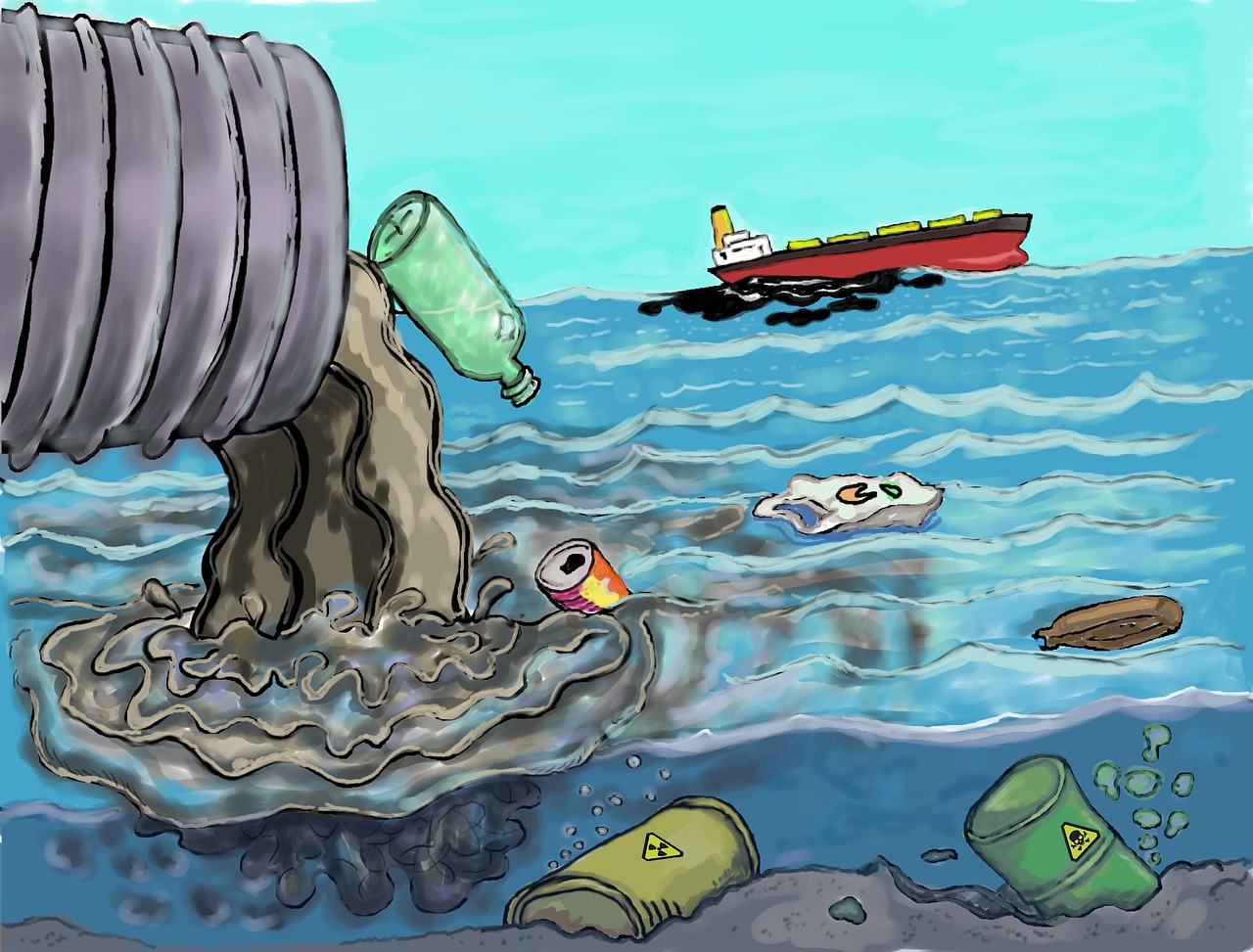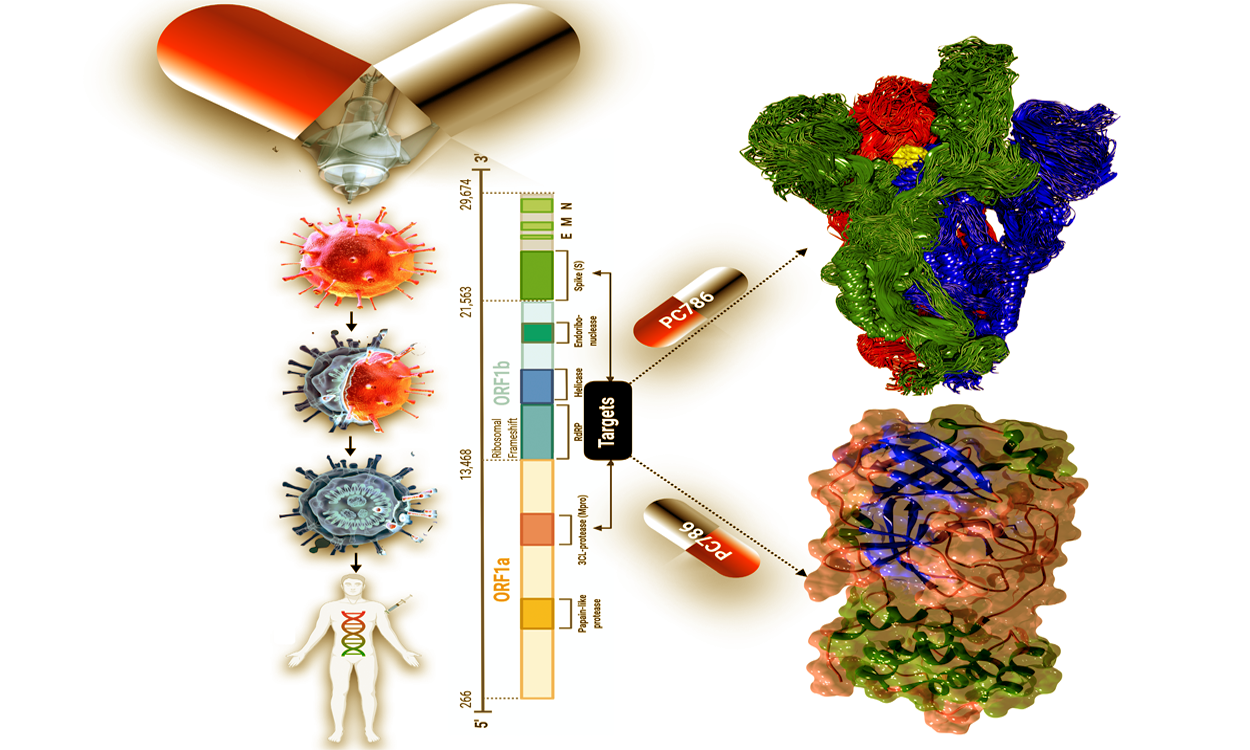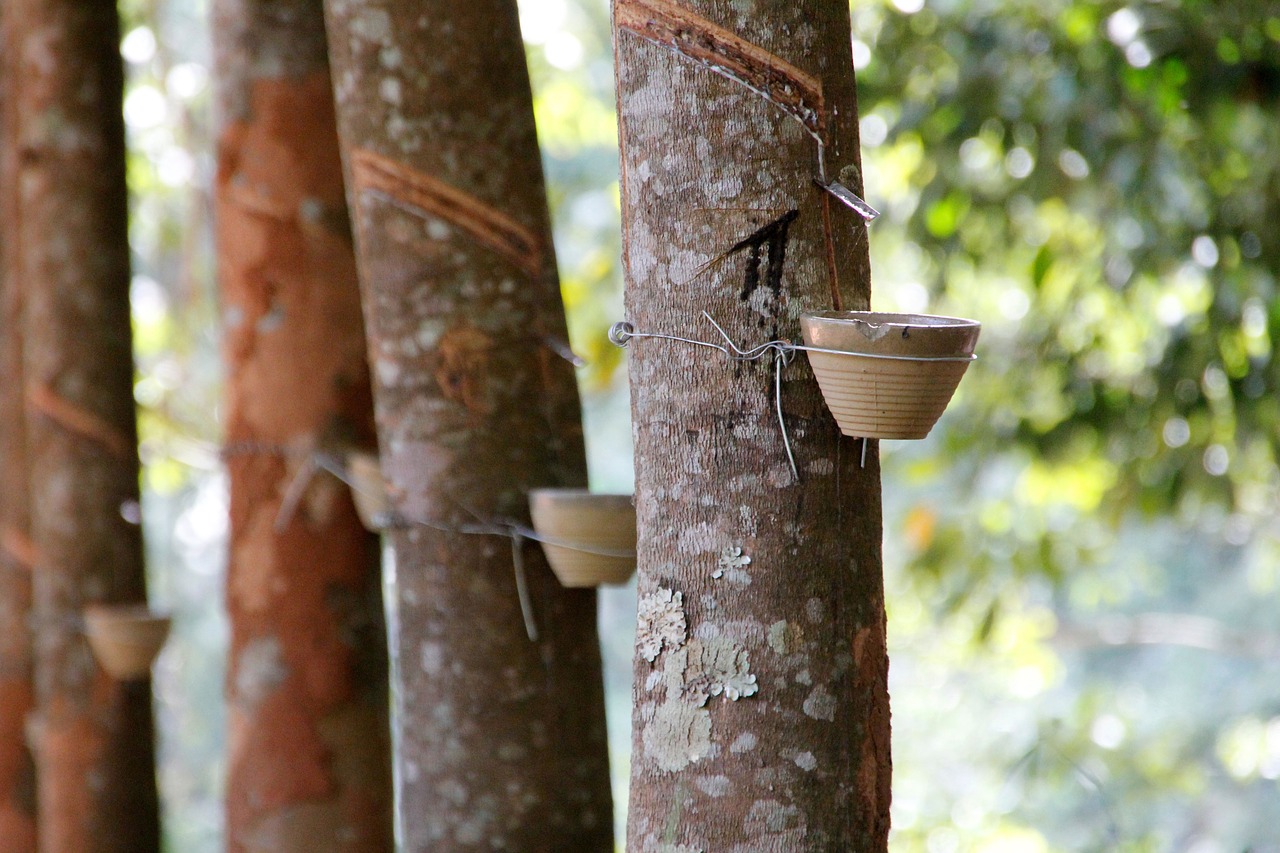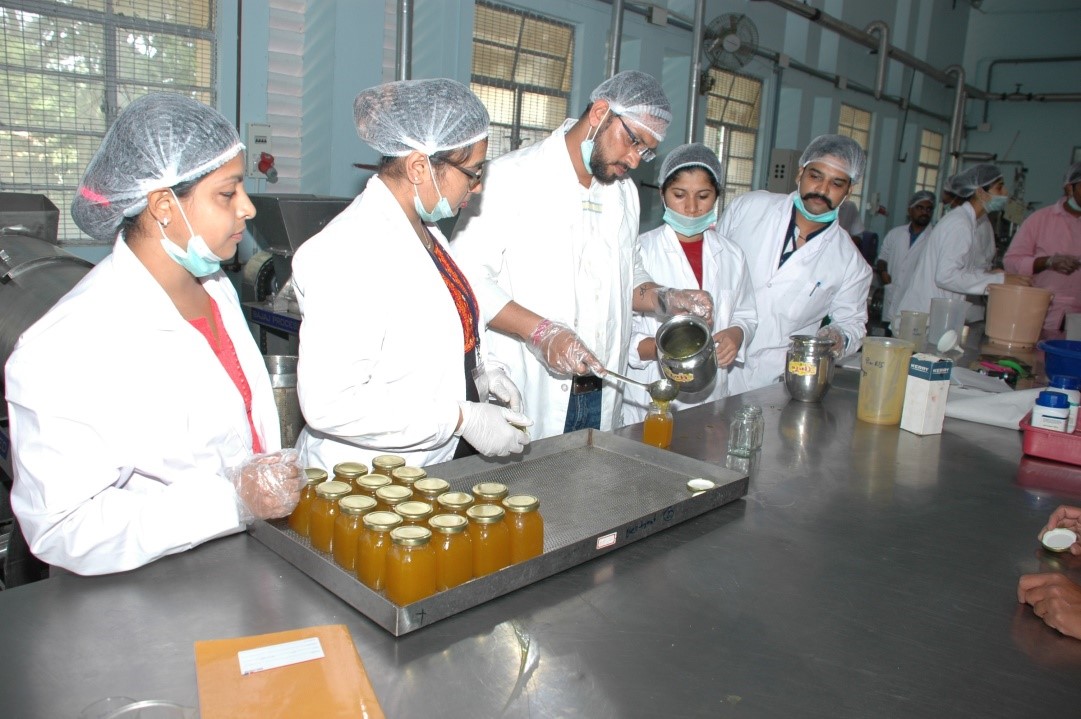
Low-Cost Method to Help Remove Toxic Dyes in Wastewater
- News
- 3.7K
Water contamination due to dyes is a major cause of worry. A new study says sawdust from teak wood may help treat wastewater containing dyes and make it reusable.
Researchers have found that sawdust from teak wood is highly effective in removing a very commonly used dye known as crystal violet or gentian dye. It has a deep purple hue and is used in paint, printing ink and veterinary medicines. Since it is made artificially, the dye stays in the environment for a very long time. Most dyes do not allow sunlight to enter the water. As photosynthesis cannot take place, water plants do are unable to make enough food and oxygen released during the process also do not happen.
A team led by Dr Abu Nasar at the Department of Applied Chemistry, Aligarh Muslim University, used sawdust from teak wood to clean contaminated water. The sawdust was cleaned, crushed into a fine powder and separated into various sizes through a sieve. Dye particles got attracted by sawdust and got stuck in sawdust pores. This process took place rapidly during the first 25 minutes of exposure as there were many vacant sites on the surface of sawdust particles. As the pores started filling up, the process began to slow down.
The study has concluded that sawdust was most effective up to three hours after exposure to the dye when used in the right amounts (0.4 to 12.0 grams per litre of wastewater) if the water had a certain pH (3 to 7), and the particles of sawdust were of a particular size.
“Sawdust can be compared to other naturally occurring materials being used for the same purpose. What makes sawdust unique is its very low-cost vis-à-vis other natural materials being used for the treatment of wastewater containing dyes,” Dr Nasar told India Science Wire.
The research results have been published in journal Scientific Reports. The team included Fouzia Mashkoor, Inamuddun and Abdullah M. Asiri. (India Science Wire)
By Monika Kundu Srivastava
Journal Article
For the latest Science, Tech news and conversations, follow Research Stash on Twitter, Facebook, and subscribe to our YouTube channel


